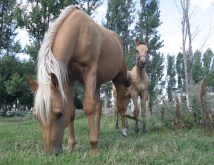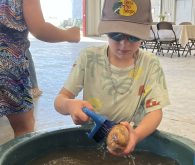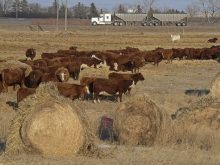The fires sweeping through much of west-central and northwestern Alberta are coming at a vulnerable time for livestock producers as calving is underway and resources are stretched.
Even those with emergency plans face a daunting task if animals have to be evacuated over long distances because of the extent of the fire.
Brad Dubeau, Alberta Beef Producers general manager, said while ranchers may need to figure out transportation, the organization is helping to connect them with temporary homes.
Dubeau credited staff for developing a mapping tool that identifies rodeo grounds, agricultural societies and other areas that can be used by those who need to move their animals to a temporary safe location.
“My team’s focus was to ensure beef and cattle producers had accurate and timely information that might help them prepare or respond to the wildfire emergency and they started to develop those resources and put them out on our channels,” he said.
Dubeau said he has never seen such a fire situation break out in so many locations at once threatening livestock operations during his time in the industry.
While grassfires are a regular threat to livestock, Dubeau hasn’t seen a situation where “whole communities are at risk along with all the farms and ranches,” he said. “First and foremost, we’re concerned about human safety but at the same time, our producers are dedicated to their livestock.”
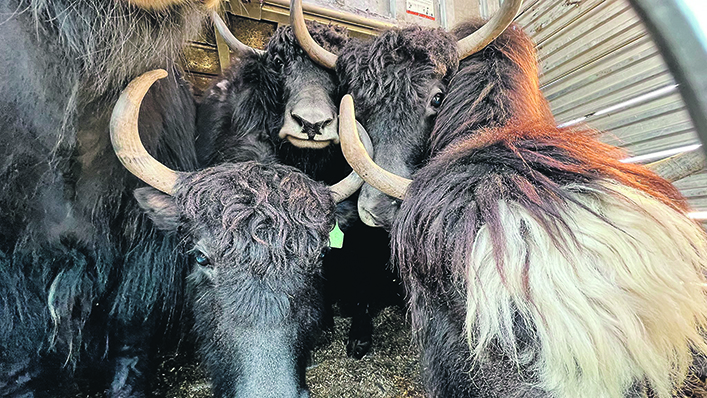
The entire situation is challenging emergency response plans, which lie within the jurisdictions of rural municipalities when it comes to livestock.
“In most cases, it is neighbours, communities coming together to help get those animals out. They all come together to do the best that they can,” he said, adding there are a number of large cattle operations in the area of the fires. “A lot of producers are calving right now and there are a lot of logistics in getting that many animals out.”
Since May 6 when a province-wide state of emergency was announced, information from the Alberta government included recommendations that livestock producers threatened by fire register at evacuation reception centres so staff can connect them with resources. The government also warned those with animals within an evacuated zone and who need to check on their animals that they may require re-entry permits to do so.
Sheep farmer Claude Durupt said his sheep ranch is close to both the Drayton Valley and Entwistle fires, but the winds have blown the fires away from his operation near Tomahawk.
While he is new to the area after raising sheep in southern Alberta for decades, the first fire scare he got was two years ago when a wildfire burned a few kilometres away. That fire and the realization there was only one road out of the area was a learning experience.
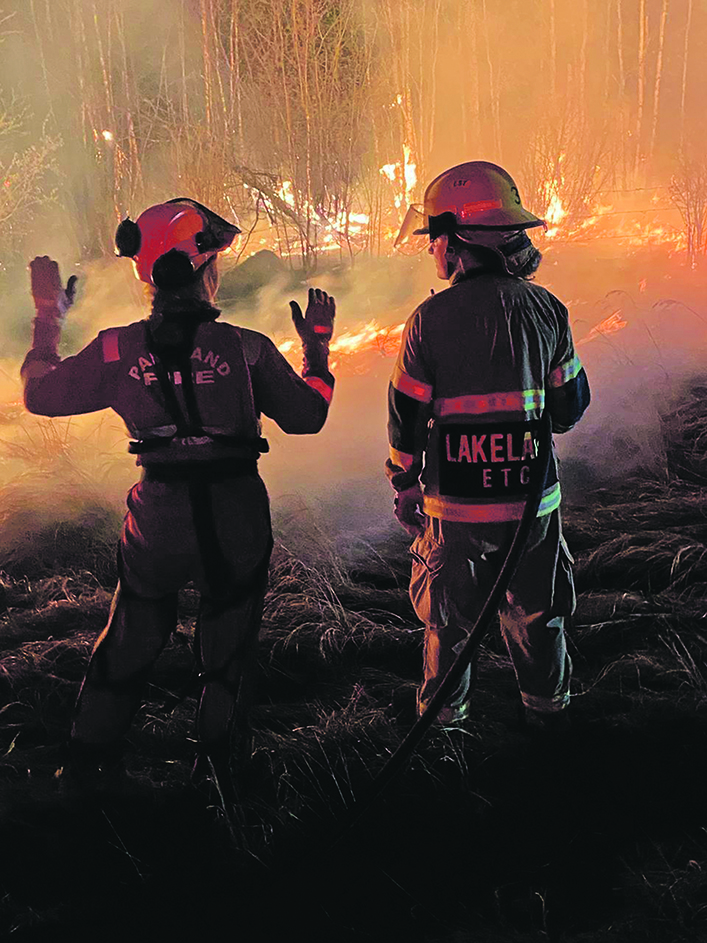
“You never really know what kind of plans to make until you get down to the end, but we did know we did have to have some paperwork and some basic necessities of life ready to go at any time,” said Durupt.
But emergency planning for livestock is incredibly difficult, especially for an incident as unprecedented as the current fires.
“You have to prepare for what you’ve seen in the past,” he said, adding that you need to hope that will work out in the future. “However this goes, we’re pretty resilient people.”
Dubeau said once the fires subside, ABP will look at possible improvements to the emergency response as well as what has worked well when it comes to ranchers and their animals.






